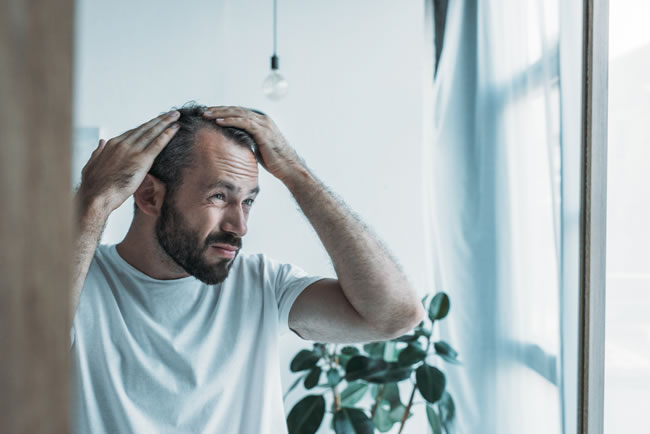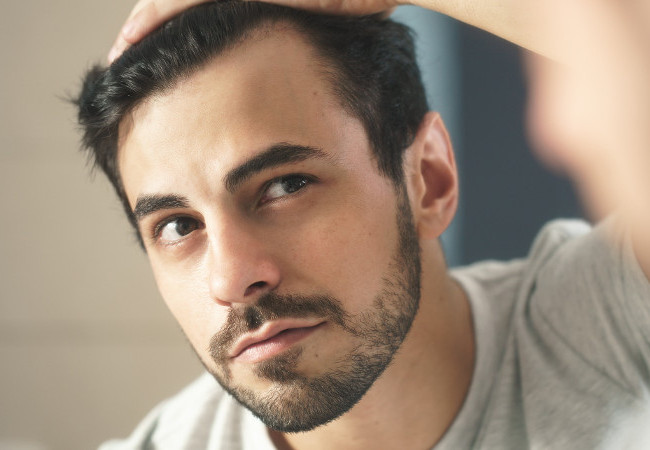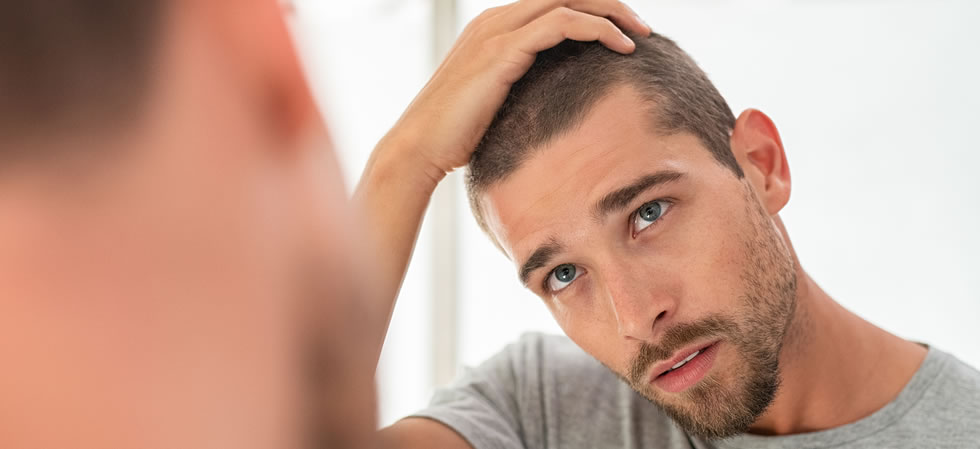The average person loses around one hundred hairs from their head each day. An uncountable amount; caught in your hairbrush, swept down the drain, or lying across your pillow. For most of us, this is no cause for concern. For others, the sight of one more errant hair causes great anxiety. If you do suffer from unwanted hair loss worsened by age or a genetic predisposition, you may have resigned yourself to its ‘unavoidability’ – the short straw in the gene pool, which you were unlucky enough to draw. Well, fortunately this is not the case. Neither is your only solution a terrifying hair transplant, toupee, or Trump style comb over.
If you had not heard of low level laser therapy (LLLT) before, you would be forgiven for assuming it was something you would turn to if you wanted less hair, not more. However whereas laser hair removal uses intense light, absorbed by the pigment in the hair, to heat and destroy hair follicles, LLLT achieves the opposite. It invigorates your circulation, stimulating follicles and encouraging hair growth. Devices with diodes emitting red light are available as head caps, handheld devices such as combs, or overhead panels such as those fitted in a salon. Whilst some are more effective than others, all strive to put a halt on hair loss and encourage further growth. With a method standing far apart from other hair growth treatments, it is worth exploring if unwanted hair loss is a cause of personal anxiety.

Other medical treatments for hair growth can seem unattractive. If you had once been toying with the idea of treatment, exploring the potential side effects of traditional methods could easily have led you shelve your plans. Medications, available as both non-prescription and prescription drugs, present some of the most worrisome side effects of all methods. With Minoxidil, a liquid you apply to your scalp, you’d have to be on the lookout for scalp irritation, unwanted hair growth such as on your face and hands, and a fast heartrate. Finasteride is the alternative; taken daily as an oral tablet, this one may lead to a decreased sex drive, and is potentially not as effective for men over sixty (ironically the age by which two out of three men are balding).
Other procedures you may have considered are invasive and carry risks of infection and scarring. The pain of a hair transplant, or even more extreme scalp reduction surgery, is certainly a considerable deterrent. LLLT is not only non-invasive and painless, but doesn’t come with a list of possible side effects. If these have put you off in the past, or you tried medication which hasn’t worked for you, then LLLT proves to be a promising alternative.
Another merit of LLLT over other hair regrowth therapies, is its lasting benefit. Although most providers would encourage you to keep the treatment going to retain the benefits, this will taper off the further down the treatment road you travel. Unlike medications which only work so long as you dutifully pop the pill every morning, with LLLT, therapy can be more spaced out. As such, many users investing in LLLT travel to a clinic to undertake the therapy as it is needed, but this is not the only way. Investing in at-home equipment is a convenient solution, and worthwhile if you are fully committing to treatment.

This doesn’t mean buying into less powerful or ineffective equipment. Look out for medical devices with FDA clearance, for peace of mind that you’re not only getting something powerful enough to do the job, but that it is safe and rigorously tested. The Illumiflow LLLT laser cap, for example, is FDA approved and available over the counter for hassle free treatment. This is perhaps a comfortable mid-way between the daunting surgical route, and the nuisance of a daily medicine.
This isn’t to say LLLT is a one shop stop for everyone suffering from unwanted hair loss. Results can be inconsistent, and as with all medical treatments, not everybody finds that it works for them. Yet studies suggest promising chances of success, and in one 2013 study a 39% increase in hair growth over a period of 16 weeks was found. For some, such results are life changing.






















